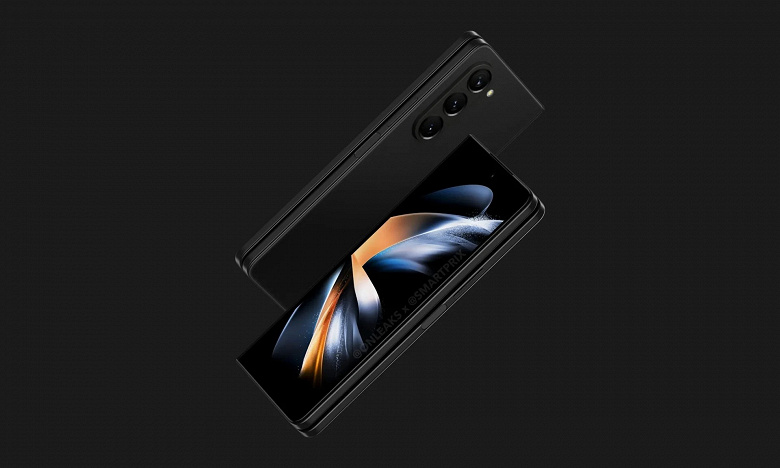Comparison of the Xiaomi Mi Note 10 Lite vs Redmi Note 9 Pro with the technical characteristics, which is better with its differences, and reasons to buy them.
Xiaomi Mi Note 10 Lite vs Redmi Note 9 Pro
We view the differences between the Xiaomi Mi Note 10 Lite and redmi note 9 Pro feature, let’s compare them to see which is best.
What is the difference between them?
Which is better in Design and Screen?
Both in design and on the screen, the Xiaomi Mi Note 10 Lite is better, with the same finishes as the Xiaomi Mi 10 Pro (the € 999 mobile phone from Xiaomi) and a good AMOLED screen with curved sides.

The differences in design and construction are:
- Xiaomi Mi Note 10 Lite: Available in black, white and purple colour, with a curved screen, drop notch, glass back and smaller size. The sensations in hand are Premium, and it is that it shares a design with the top of the range.
- Redmi Note 9 Pro: Available in grey, white and green, with a perforated camera on the screen, glass back, wider and taller, although thinner. The sensations in hand are very good without being Premium, in fact, it is the best quality Redmi Note so far.
In materials, construction and finishes there is no doubt that the Mi Note 10 Lite is the winner. Another thing is that you may like the aesthetics of one or the other because the Redmi Note 9 Pro is very beautiful and elegant from behind.
That the Mi Note 10 Lite is better in qualities does not mean that the Redmi Note 9 Pro is bad, on the contrary. It is the model of the Redmi Note family with the best finishes they have released, the highest quality in hand.
The advantage of the Redmi Note 9 Pro is that it features P2i Nano Coating sealing against splashing water.
The differences on the screen are:
- Xiaomi Mi Note 10 Lite: 6.47-inch AMOLED panel with 60Hz refresh rate, 600 nits of brightness, 400,000: 1 contrast, HDR10 and DCI-P3.
- Redmi Note 9 Pro: 6.67-inch IPS panel with 60Hz refresh rate, 450 nits of brightness, 1,500: 1 contrast and HDR10.
On-screen the Xiaomi Mi Note 10 Lite is also much superior, with an AMOLED panel, more brightness, much more contrast and the DCI-P3 colour space, which is the one used by Apple on Retina displays.
The display of the Redmi Note 9 Pro is a simpler IPS, also with HDR10 to enjoy more color depth in movies and games, but it does not reach the level of an AMOLED.
Which is more powerful and has better performance?
Potentially there is a tie, they mount a different processor but as we will see now the general performance and the performance in games is very similar.
- Xiaomi Mi Note 10 Lite: Snapdragon 730G processor with Adreno 618 GPU, 6GB of LPDDR4X RAM and 64/128GB of UFS 2.1 memory, with 264,472 on AnTuTu.
- Redmi Note 9 Pro: Snapdragon 720G processor with Adreno 618 GPU, 6GB of LPDDR4X RAM and 64/128GB of UFS 2.1 memory, with 278,559 on AnTuTu.
They have the same GPU, the same RAM technology and the same memory technology, the only thing that changes is the processor.
At first glance, it may seem that the Snapdragon 730G of the Mi Note 10 Lite is superior to the Snapdragon 720G of the Redmi Note 9 Pro, but the truth is that they are almost the same.
The 730G is slightly more powerful at having 8 cores at 2.3 GHz, down from the 8 cores at 2.2 GHz of the 720G. But the 720G, being newer, achieves the same performance, and even a little better, hence it scores higher on AnTuTu.
With both you are going to play equally fluently the most demanding games because remember that the G is for gaming, they are processors prepared to give everything in games. Although they are mid-range processors, the performance is very good.
Therefore, they are potentially tied since the difference is minimal. But since the Redmi Note 9 Pro is cheaper it has a better quality/price ratio.
Which has better Photo Cameras?
In cameras the Xiaomi Mi Note 10 Lite is better, the difference is not exaggerated but the Sony IMX686 is superior to the Samsung S5KGW1 of the Redmi Note 9 Pro.
Rear cameras:
- Xiaomi Mi Note 10 Lite: Four cameras, with a 64 MP Sony IMX686 main sensor, 8 MP 120º wide-angle, 2 MP macro and 5 MP depth sensor.
- Redmi Note 9 Pro: Four cameras, with 64 MP Samsung S5KGW1 main sensor, 8 MP 119º wide-angle, 5 MP macro and 2 MP depth sensor.
Both models have very good cameras in their price range. The Mi Note 10 Lite has better cameras, although in relation to quality/price the Redmi Note 9 Pro stands up to it because it is cheaper and they are also level.
Both the 64-megapixel Sony IMX686 on the Mi Note 10 Lite and the 64-megapixel Samsung S5KGW1 on the Redmi Note 9 Pro are excellent cameras in the mid-range, with Sony’s victory
The Sony IMX686 of the Mi Note 10 Lite has a higher dynamic range, more detail and better night photography. It is one level above.
The 64 megapixel Samsung S5KGW1 on the Redmi Note 9 Pro is the best you can find for this price.
The wide-angle, macro and depth sensor are similar on both phones. They are correct secondary cameras that fix when you need them, but they do not play in the same league as the main ones.
In short, the Sony of the Xiaomi Mi Note 10 Lite is better than the Samsung of the Redmi Note 9 Pro, but since it is cheaper and the difference in photographic quality is not abysmal, it is also a great option in relation to quality/price ratio.
Front camera:
- Xiaomi Mi Note 10 Lite : 16 megapixel Samsung S5K3P3 sensor.
- Redmi Note 9 Pro: 16-megapixel sensor.
Something similar happens in the front camera, the photographic quality is good in both models but the Xiaomi Mi Note 10 Lite is a little above.
Which has the battery with greater autonomy?
In autonomy, there are few differences because the two have huge batteries and very fast charge. Although the winner is again the Mi Note 10 Lite for having a few more mAh and mounting a lower consumption screen.
- Xiaomi Mi Note 10 Lite: 5,260 mAh battery with 30W fast charge.
- Redmi Note 9 Pro: 5,020 mAh battery with a fast charge at 30W.
The autonomy in the two smartphones is around 2 to 3 days. With 30W fast charge but without wireless charging.
Which has the best System and Connectivity?
They come with Android 10 Q and the MIUI 11 launcher, where both have already confirmed that they will update to MIUI 12 via WiFi.
- Xiaomi Mi Note 10 Lite: Android 10 Q under MIUI 11, with NFC connectivity.
- Redmi Note 9 Pro: Android 10 Q under MIUI 11, with NFC connectivity.
Both have NFC, which is used to pay with the mobile phone as with a contactless card. Neither has 5G connectivity.
Final Words:
The Xiaomi Mi Note 10 Lite is the winner of this comparison for having better features. It is better in everything, except in power and battery that are very even.
If they cost the same it would be the best option, but it is more expensive and you have to assess what you prefer. Choose it if you have a higher budget and are looking for a Premium design with AMOLED screen and better cameras.



